Living With Inflammatory Bowel Disease; Should You Try A Low-Residue Diet?
Inflammatory bowel disease (IBD) refers to disorders involving the chronic inflammation of an individual’s digestive tract. The two most common types of IBD are ulcerative colitis and Crohn's disease. Those with IBD often find themselves having to make significant dietary and lifestyle changes to better cope with their painful and life-interrupting symptoms.
Some doctors recommend those with IBD try a low-residue diet. Essentially, a low-residue diet involves eating easy-to-digest foods that allow the individual to have a few small bowel movements each day. This means cutting out high-fiber foods the human digestive system is not able to easily process, such as nuts and grains. Continue reading for information on low-residue diets and how they can help IBD.
Limitations On High-Fiber Food Intake
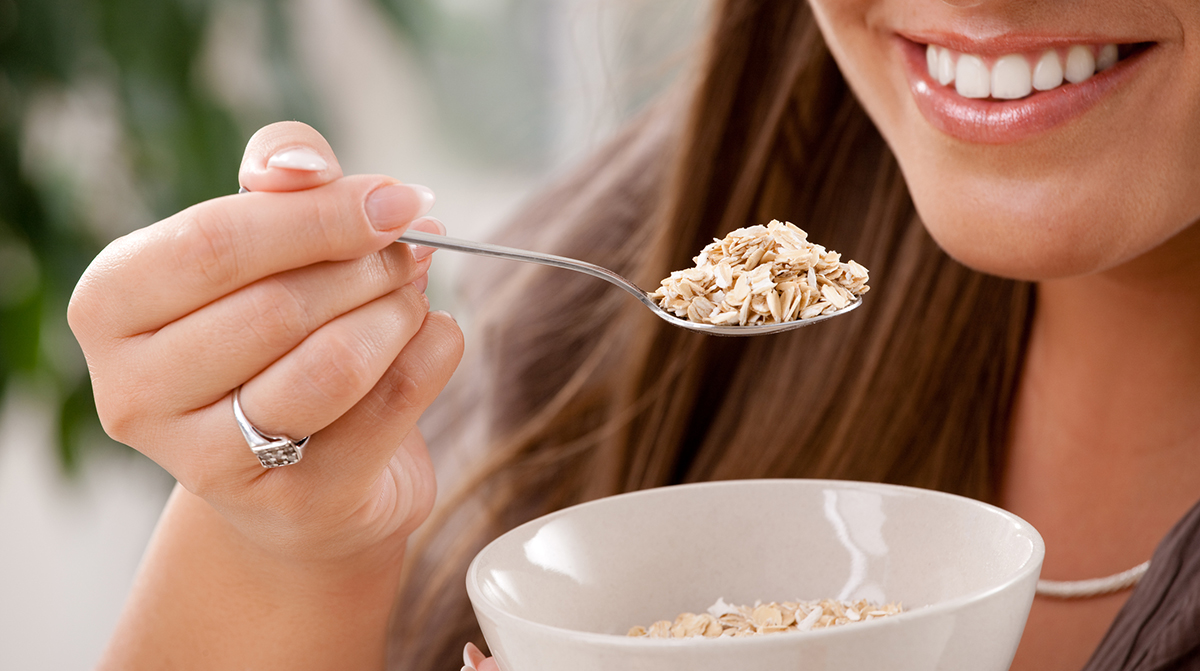
While everyone needs to get enough fiber to stay healthy, there is such thing as getting too much fiber, especially for those with IBD. The body cannot easily break down high-fiber foods and absorb them into the bloodstream. Even those who do not have an inflammatory bowel disease can become bloated and feel gassy when they consume too much high-fiber food at once. While patients with IBD do not necessarily need to avoid all high-fiber food, it is important to moderate the consumption of these foods. When picking food with fiber, look for soluble fiber, as this helps with controlling blood sugar and cholesterol levels.
Crohn's Disease And Nutrient Absorption
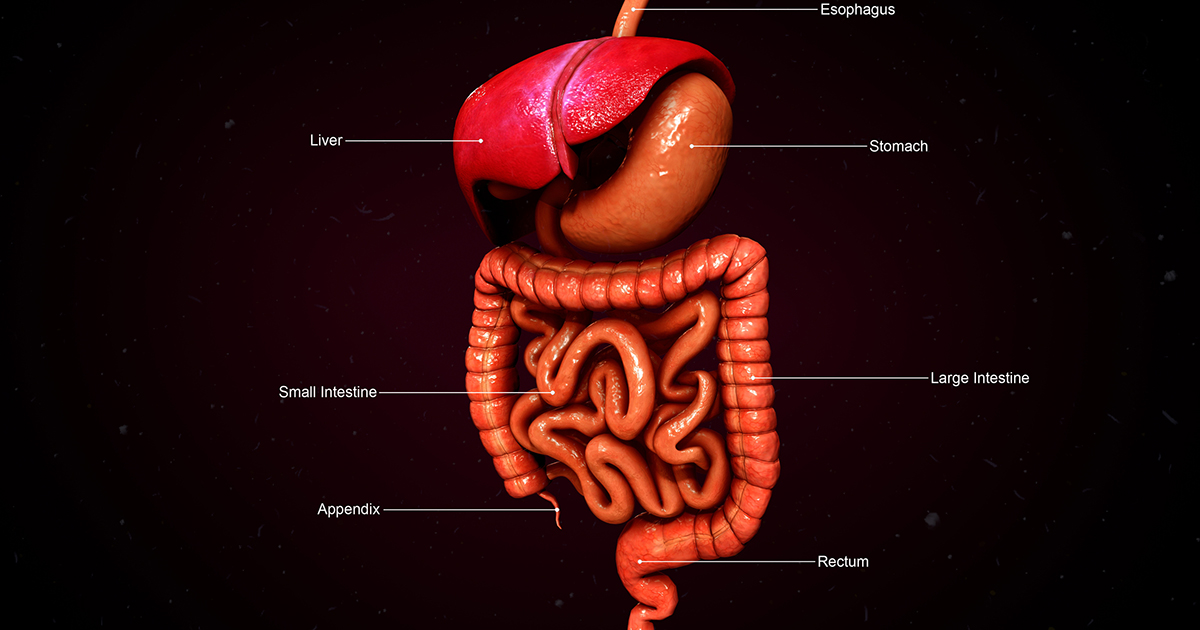
Individuals with Crohn's disease, an incurable form of inflammatory bowel disease, are inundated with painful and life-disrupting symptoms caused by inflammation of the gastrointestinal (GI) tract. This inflammation can occur anywhere in the GI tract, starting with the mouth and ending with the anus, although it is most commonly found near the end of the small intestine. This makes it difficult for the body to properly absorb nutrients, which can lead to the person eating less, not feeling hungry, and experiencing severe diarrhea and dehydration. Since high-fiber food triggers Crohn's symptoms, a low-residue diet is ideal to help control their severity.
Grains To Keep Eating

Although individuals with IBD should cut out specific grains, usually whole grains, they should not eliminate all grains from their diet. Therefore, those who decide to go on a low-residue diet should consider eating grains such as white rice, refined pasta, noodles, rice noodles, cream of wheat, grits, farina, plain crackers (especially saltines), enriched or refined white breads, seedless Melba toast, corn flakes, or puffed rice cereal. Refined grains are easier for the body to process, particularly when IBD is involved.
Vegetables To Keep Eating
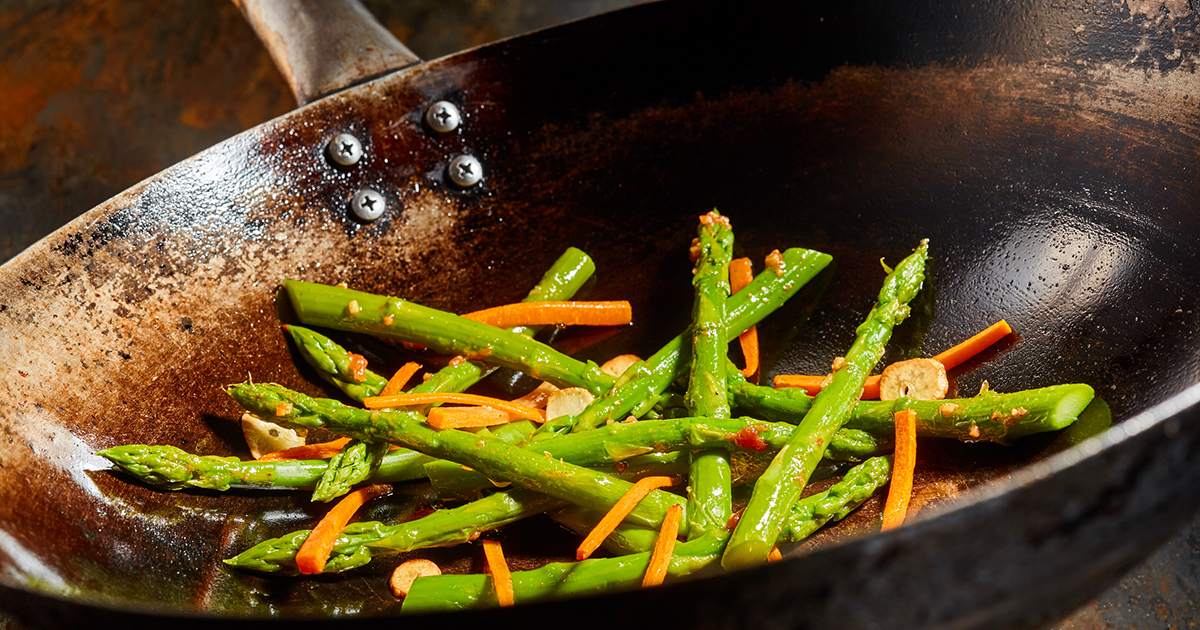
While some vegetables are too high in fiber for those with an inflammatory bowel disease, there are others they can eat on a regular basis. Seedless vegetables (such as carrots, beets, asparagus, mushrooms, squash, and pumpkins) are ideal. Also, tomato sauce is okay to consume as long as it does not contain seeds, and potatoes can be baked without their skins.
Individuals can also cook fresh vegetables thoroughly before consumption, often through steaming, boiling, or roasting. The longer a vegetable is cooked, the more fiber it will lose, which is another reason why some are still appropriate for a low residue diet. Of course, other important nutrients will also get lost the longer the vegetable is cooked, and this needs to be taken into consideration.
Fruits To Keep Eating
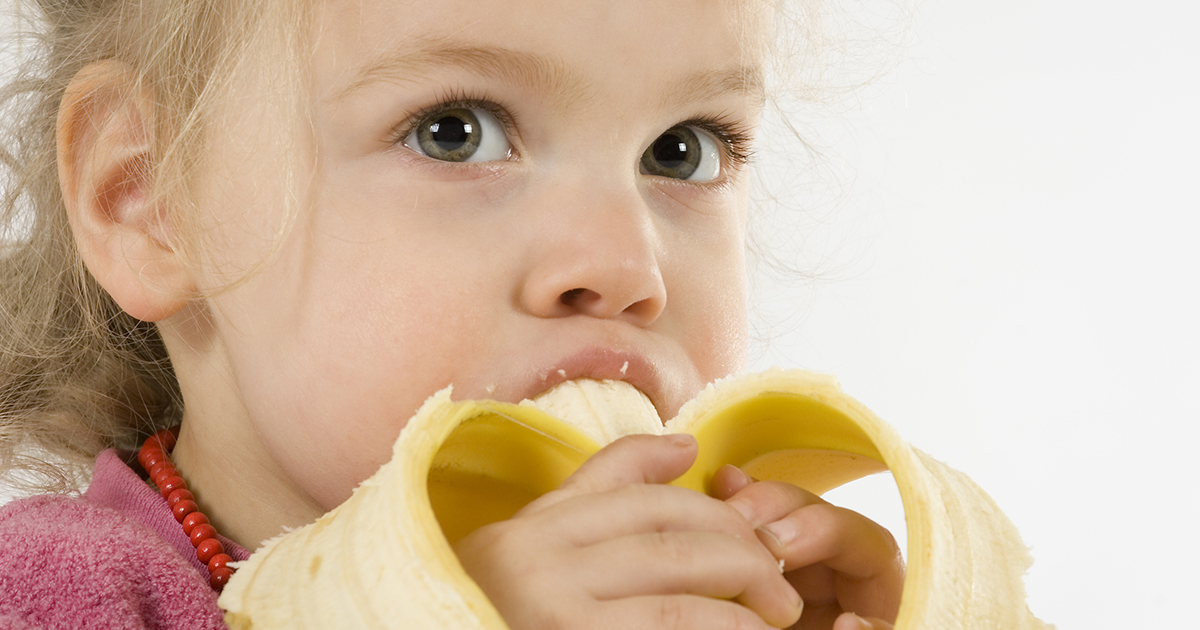
On a low-residue diet, those with an inflammatory bowel disorder will need to be extra mindful of what fruits they consume. Like vegetables, many fruits have skins and contain seeds that add fiber to the diet. It is crucial for those with an IBD to be aware of which fruits they can consume easily. Soft cantaloupe, honeydew melon, papayas, plums, and ripened bananas are all low enough in fiber to typically not cause gastrointestinal upset. Additionally, individuals with IBD can safely consume canned fruits. Since apple skins contain about 4.4 grams of fiber, it is wise to peel these skins off. Consuming applesauce is an ideal way to consume apples while on a low-residue diet.
The Verdict On Milk and Dairy Products
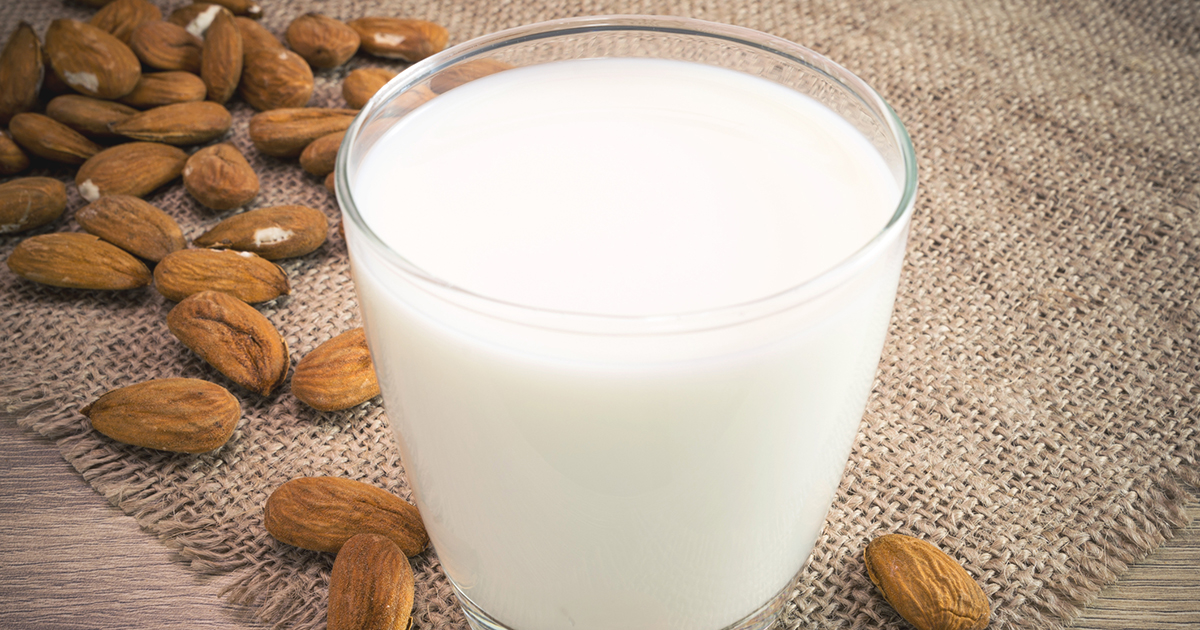
Although milk does not contain fiber, the lactose it does contain often contributes to gastrointestinal upset (especially diarrhea and vomiting). Many individuals who have IBD are also lactose intolerant, so it is important for these people to avoid milk and dairy products containing lactose.
There are good non-dairy alternatives on the market, such as almond, soy, coconut, and even cashew milk. The fiber content can vary depending on the brand chosen, but typically it will not exceed two grams per cup. Always read the nutritional labels on non-dairy alternatives to stay informed, as some of these can come ‘fortified’ with nutrients like fiber.
Meats To Eat
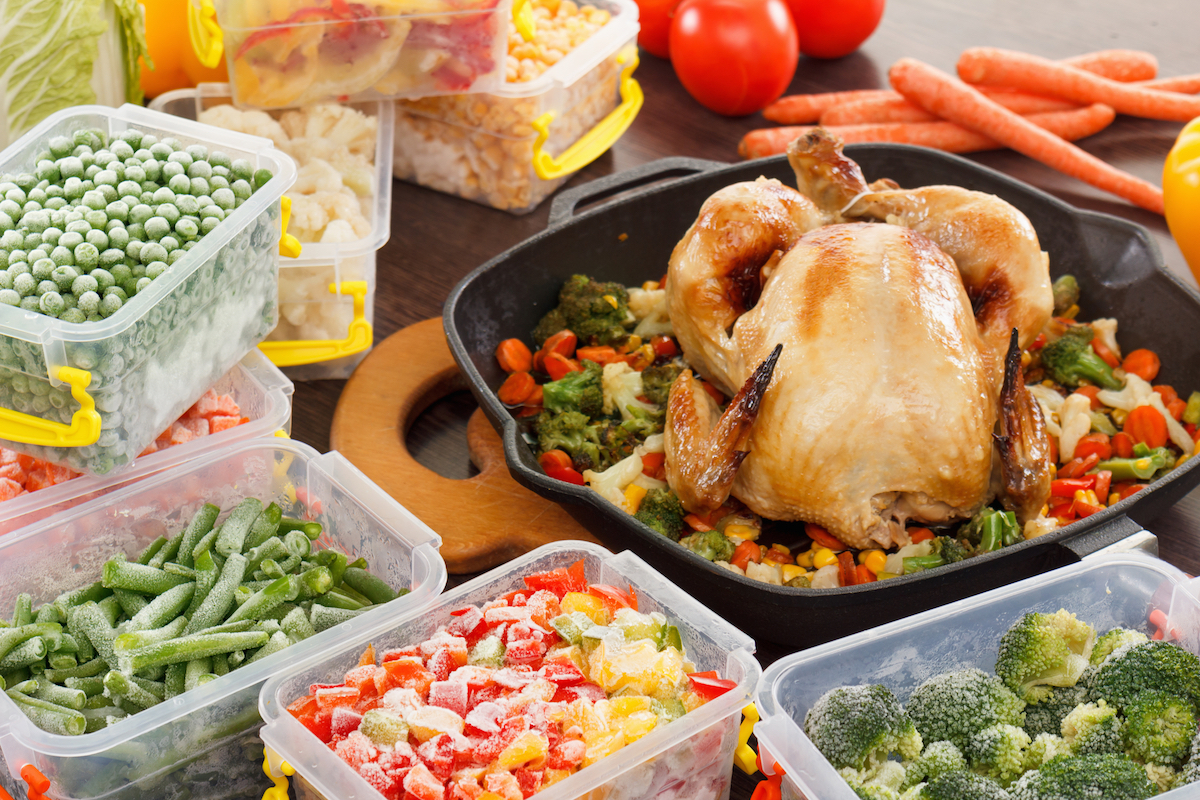
Meat and animal products like eggs are typically free of fiber, so it is okay for someone with IBD to consume them if they so choose. Poultry, pork, beef, and fish are all fiber-free choices, and the leaner the meat is, the healthier it will be. Additionally, eggs do not contain fiber. Since eggs and all types of meat are protein-rich, these are excellent healthy additions to a low residue diet when treating IBD. Of course, as with all of the other foods in a low-residue diet, moderation is key for maintaining a balanced and healthy body.
Beverages To Drink

While food items are the most obvious talking point for how to craft a low-residue diet for those who are living with inflammatory bowel diseases, it is also vital to discuss beverages. Since milk is fiber-free, it is okay to drink as long as the individual is not lactose intolerant. Low fiber beverages include vegetable juices crafted from strained veggies, decaffeinated beverages (such as carbonated drinks, tea, and coffee), and seed- and pulp-free juice (especially apple, cranberry, and pulp-free orange juice). Of course, staying hydrated is incredibly important for those with inflammatory bowel diseases, so drinking plenty of water is necessary and can greatly benefit gastrointestinal health.
Foods To Avoid Whenever Possible
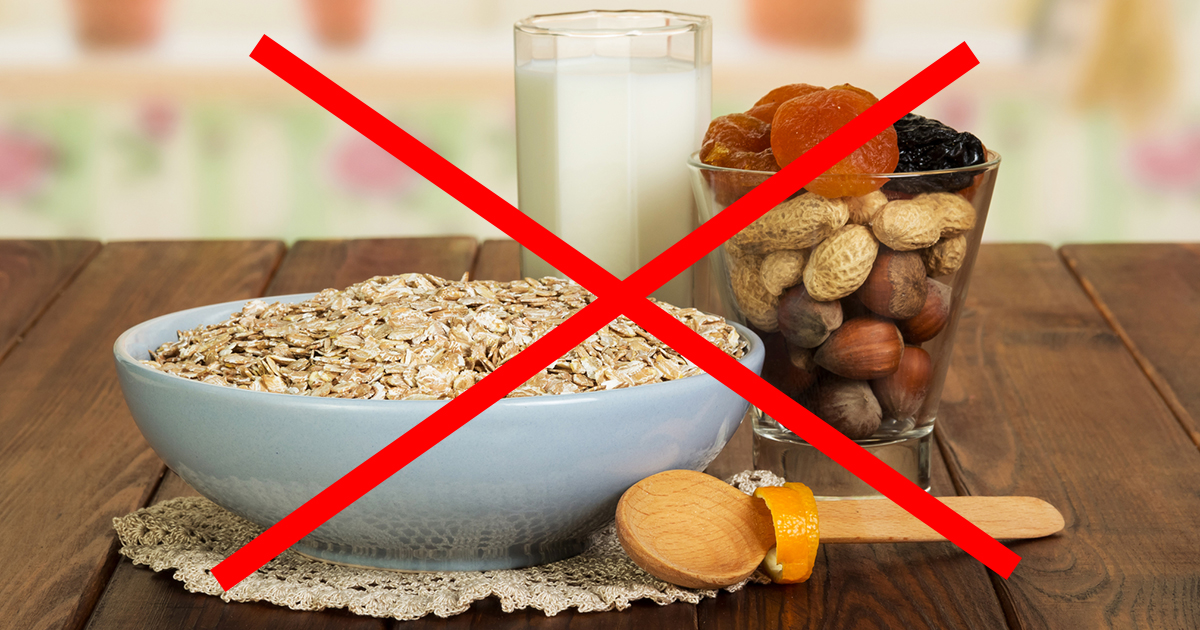
A low-residue diet is quite inclusive of different types of food. Since this is a diet, however, there are some foods individuals need to avoid as much as possible. These foods include high fiber foods such as nuts, seeds, and coconuts, raw vegetables, dried fruit, et cetera. Individuals following this diet should pay attention to labels of all packaged foods for the fiber content, particularly cereals and whole grains. Other sources of fiber those with IBD and who have chosen to be on a low-residue diet should avoid are beans, tofu, lentils, jams and marmalades, popcorn, relish, horseradish, and pulp or seeded juices.
Tracking Consumed Foods and Symptoms

One of the best ways for an individual living with Crohn’s disease or ulcerative colitis to control their symptoms is to keep a food journal. This may sound like a tedious task, but it can be quite helpful for those trying a low-residue diet. This is best to do when the individual is just starting the diet, and they should ideally keep the journal for a minimum of two weeks. In addition to tracking what they eat during each meal (and how much fiber it contains), the individual should record any changes in their symptoms. It is especially important to record when a particular food seems to trigger a symptom, as different individuals will have different triggers and should tailor their diet accordingly. Over the course of a few weeks, this journal should serve as a good indicator as to how the individual is feeling and whether or not the diet is truly effective for them.
